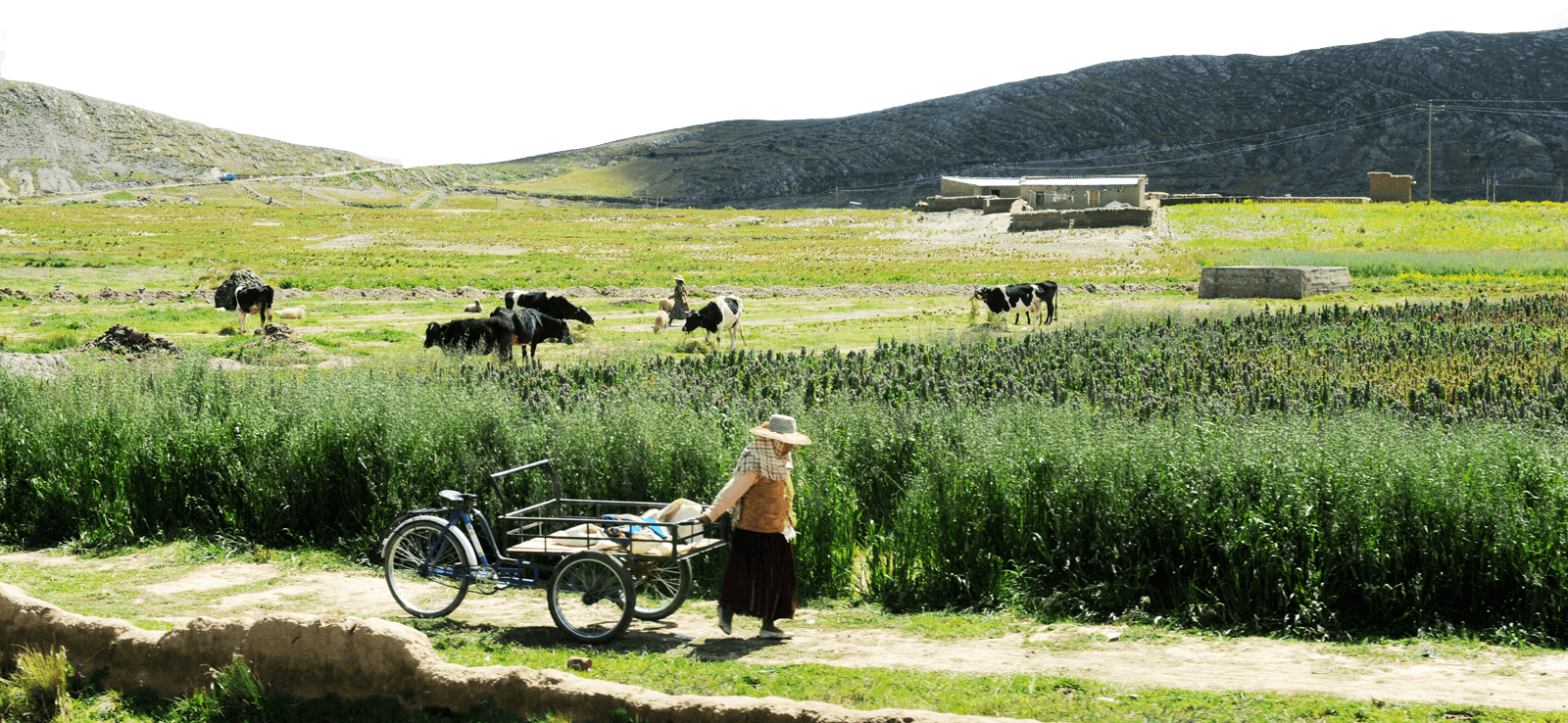Overcoming the Barrier of Racism in Our Capitalist Food System
The following is an abridged excerpt from our recently published book, A Foodie’s Guide to Capitalism: Understanding the Political Economy of What We Eat by Food First’s Eric Holt-Giménez. Co-published by Food First Books and Monthly Review Press, “A Foodie’s Guide to Capitalism” takes on the social, environmental, and economic crises of the capitalist mode of food production. You can order your copy today at foodfirst.org/foodiesguide.
Click here to download this Backgrounder, or view in full below.
Classism, racism, and sexism predate capitalism, but they merged powerfully during the formative period of the colonial food regime and have been co-evolving ever since. Slavery, exploitation, and dispossession of the land, labor, and products of women, the poor, and people of color are still foundational to the capitalist food system, as are hunger, malnutrition, diet-related disease, and exposure to toxic chemicals. Poor women of color and children, especially girls, bear the brunt of these inequalities.
Many people think these injustices are unfortunate anomalies of our food system, or that they are pesky vestiges of prior stages of “underdevelopment.” Some believe the high rates of hunger and malnutrition affecting underserved communities to be market failures, correctable through better information, innovation, or entrepreneurship. One way of thinking believes that poor individual choices are what drive land loss, diet-related disease, unemployment, low wages, and the desperate migration of millions of peasant families out of the countryside. There is no doubt that good information, initiative, and good personal choices are necessary for building a better food system, but given the system’s structures, personal choices alone are woefully inadequate for ending hunger, poverty, and environmental destruction.
Click here to download this backgrounder, view in full below, or read the section in its entirety in A Foodie’s Guide Guide to Capitalism: Understanding the Political Economy of What We Eat.
Backgrounder_Spring_2018_Final

 Help Food First to continue growing an informed, transformative, and flourishing food movement.
Help Food First to continue growing an informed, transformative, and flourishing food movement.




